Cephalometric comparison of mandibular growth in Brazilian children with Class II malocclusion and normal occlusion during the growth stages determined by the cervical vertebrae maturation
Artigo Original
Objective: This study compared mandibular growth in children, aged 7 to 12 years, with Class II malocclusion and normal occlusion, between the following stages of cervical vertebrae maturation: initiation (I), acceleration (A), transition (T). Material and Methods: A total of 148 lateral cephalograms (78 males, 70 females) of Class II malocclusion patients, and 60 lateral cephalograms (30 males, 30 females) of normal occlusion patients were included. The following linear cephalometric measurements were performed: Co-Gn (effective mandibular length), Co-Go (ramus height), and Go-Gn (length...
Autores: Ana Cláudia De Castro Ferreira Conti, Arnaldo Pinzan, Thais Maria Freire Fernandes, Fabiane Louly Bapstista Santos Silva, Priscila Pinto Brandão De Araújo,

Objetivo: Esse estudo comparou o crescimento mandibular em crianças de 7 a 12 anos de idade com má oclusão de Classe II ou Oclusão Normal, nos seguintes estágios de maturação das vértebras cervicais: iniciação (I), aceleração (A), transição (T). Material e Métodos: No total, 148 telerradiografias laterais (78 meninos, 70 meninas) de pacientes com má oclusão de Classe II e 60 telerradiografias laterais (30 meninos, 30 meninas) de pacientes com Oclusão Normal foram avaliadas....
Leia mais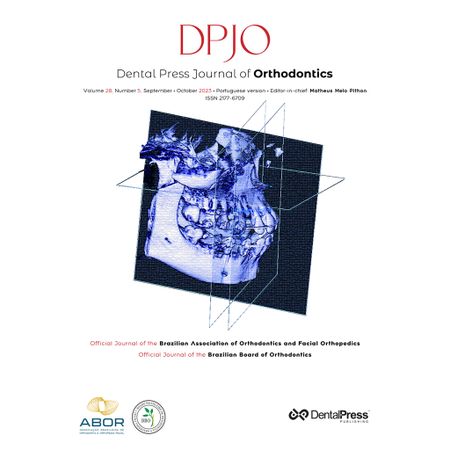
Introdução: Com o uso abundante da Internet, os pacientes em tratamento ortodôntico, ou interessados em fazê-lo, tentam usá-la para obter informações sobre a dor durante o tratamento. Entretanto, o YouTube™ não é regulamentado e pode conter informações imprecisas. Objetivos: Esse estudo teve como objetivo avaliar a qualidade científica de vídeos no YouTube™ relacionados ao controle da dor ortodôntica. Métodos: No total, 62 vídeos relacionados ao controle da dor...
Leia mais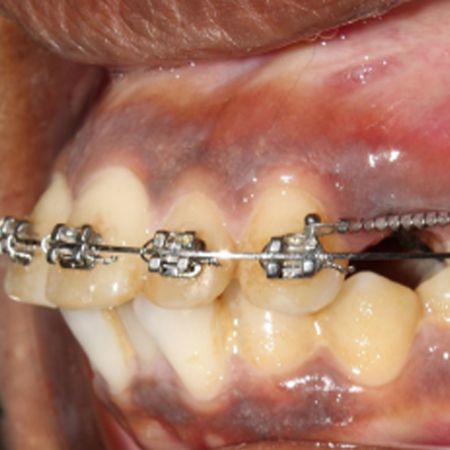
Objetivo: O presente estudo foi realizado para investigar os efeitos da fibrina rica em plaquetas e leucócitos (L-PRF) na taxa de retração do canino superior, durante um período de cinco meses. Métodos: Um estudo de boca dividida foi realizado em 16 indivíduos (9 homens e 7 mulheres; faixa etária de 17 a 25 anos; idade média de 21,85 ± 2,45 anos) que precisavam de terapia com extração dos primeiros pré-molares superiores de ambos os lados. Após o nivelamento e o alinhamento...
Leia mais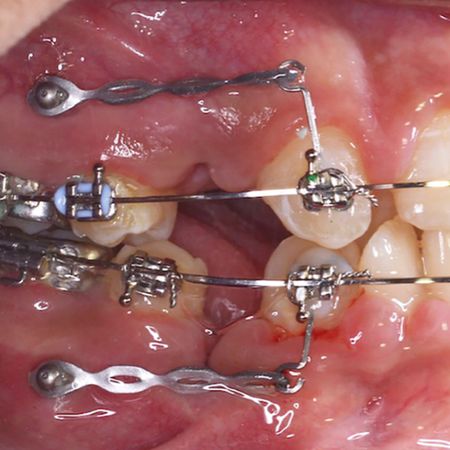
Introdução: Os ortodontistas buscam otimizar a eficiência do tratamento quanto ao tempo de duração, à posição dos dentes e aos efeitos adversos. Um aspecto ainda não avaliado são os diferentes intervalos entre as ativações. Objetivo: O objetivo desse estudo controlado e randomizado de boca dividida foi avaliar a influência de diferentes intervalos de reativação na eficiência da movimentação dentária. Métodos: Foram recrutados 38 pacientes com má oclusão de Classe I com...
Leia mais
Objetivo: Comparar o Índice de Massa Corporal (IMC) e a perda de peso (PP) de pacientes com deformidades dentofaciais após cirurgia ortognática monomaxilar e bimaxilar. Material e Métodos: Foi realizado um estudo longitudinal prospectivo em 69 pacientes com deformidade dentofacial submetidos a tratamento cirúrgico-ortodôntico. Os pacientes foram divididos em dois grupos: cirurgia ortognática monomaxilar e bimaxilar. Foi realizada avaliação nutricional pré-operatória de acordo com...
Leia mais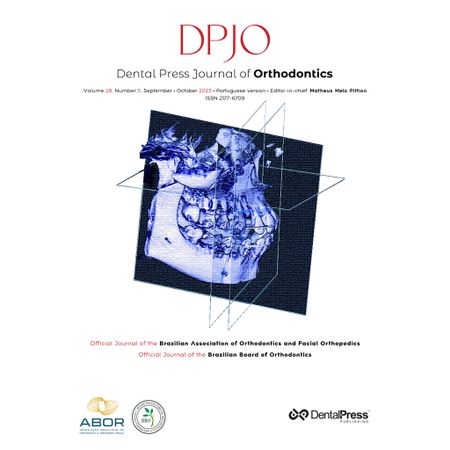
Introdução: A Inteligência Artificial (IA) é uma ferramenta que já faz parte de nossa realidade, e esta é uma oportunidade de entendermos como ela pode ser útil na interação com os pacientes e no fornecimento de informações valiosas sobre Ortodontia. Objetivo: O objetivo deste estudo foi avaliar a precisão do ChatGPT em responder a perguntas sobre Alinhadores transparentes, Dispositivos de ancoragem temporária, e Imagens digitais em Ortodontia. Métodos: 45 perguntas e respostas...
Leia mais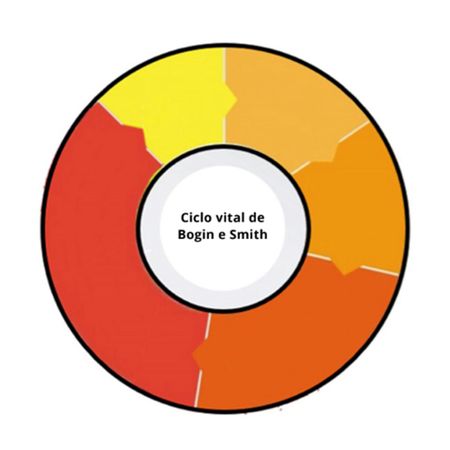
Introdução: Embora incomum na Odontologia, o conceito de ciclo vital é de grande importância para ajudar os profissionais dessa área a identificar oportunidades cruciais para intervenções e para determinar o momento ideal para tratamentos e procedimentos. Objetivo: Realizar uma revisão da literatura sobre as classificações do ciclo vital e suas distintas fases, avaliando sua aplicabilidade na área da saúde. Métodos: Foi realizada uma revisão da literatura, buscando artigos nas...
Leia mais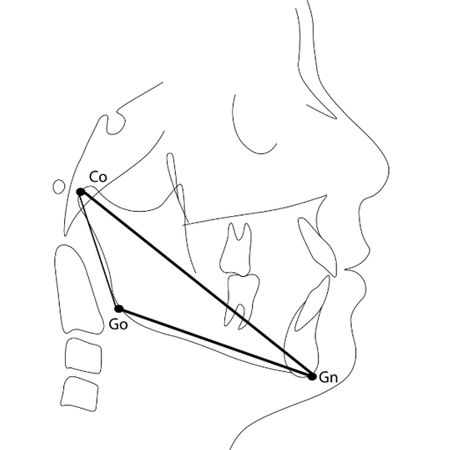
Objective: This study compared mandibular growth in children, aged 7 to 12 years, with Class II malocclusion and normal occlusion, between the following stages of cervical vertebrae maturation: initiation (I), acceleration (A), transition (T). Material and Methods: A total of 148 lateral cephalograms (78 males, 70 females) of Class II malocclusion patients, and 60 lateral cephalograms (30 males, 30 females) of normal occlusion patients were included. The following linear cephalometric...
Leia mais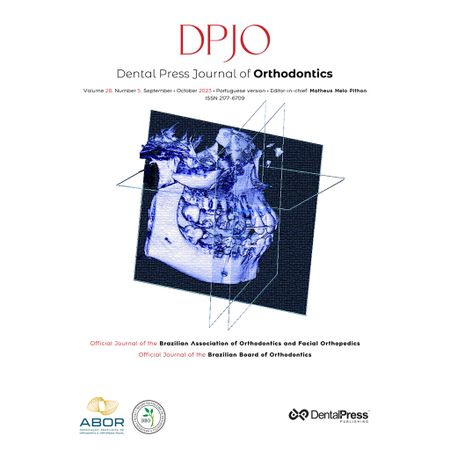
Introduction: With the abundant use of the internet, patients undergoing or interested in orthodontic treatment try to use it to obtain information on pain during treatment. However, YouTube™ is unregulated and may potentially contain inaccurate information. Objectives: Thus, this study aimed to evaluate the scientific quality of the videos on YouTube™ related to orthodontic pain management. Methods: A total of 62 videos related to orthodontic pain management were included in the study....
Leia mais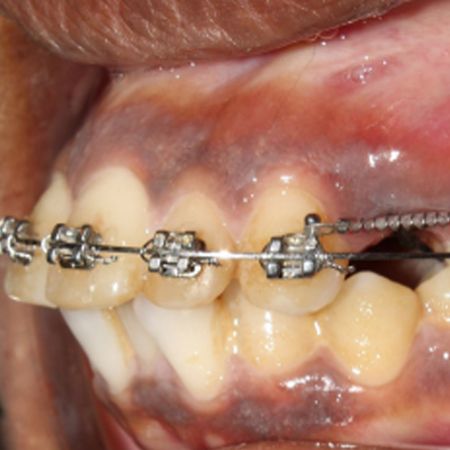
Objective: The present study was conducted to investigate the effects of leukocyte-platelet-rich fibrin (L-PRF) on the rate of maxillary canine retraction for a period of 5 months. Methods: A split-mouth study was conducted on 16 subjects (9 males and 7 females; age range 17-25 years; mean age, 21.85±2.45 years) who required therapeutic extraction of bilateral maxillary first premolars. After the initial leveling and alignment, L-PRF plugs were placed in a randomly selected extraction...
Leia mais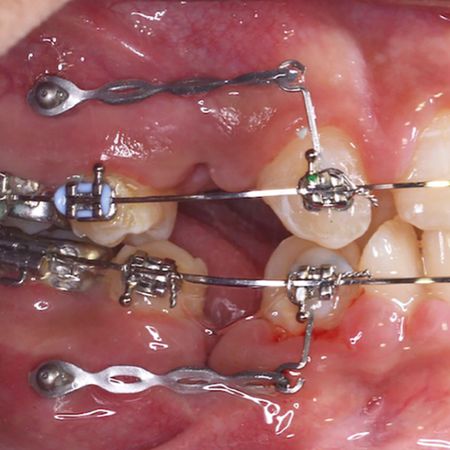
Introduction: Orthodontists attempt to maximize treatment efficiency regarding time, tooth position and adverse effects. A new approach, not yet explored, is the activation frequency. Objective: The aim of this split-mouth randomized controlled trial was to evaluate the effect of reactivation intervals on the efficiency of tooth movement. Methods: Thirty eight patients having a Class I malocclusion with bimaxillary dentoalveolar protrusion or severe crowding, Class II with mandibular deficiency...
Leia mais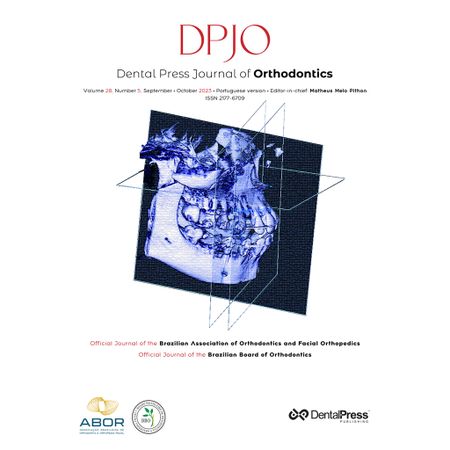
Objective: To compare the body mass index (BMI) and the weight loss (WL) in patients with dentofacial deformities who underwent monomaxillary versus bimaxillary orthognathic surgery. Materials and Methods: This prospective longitudinal study included 69 patients with dentofacial deformities who underwent surgical orthodontic treatment. Patients were divided into two groups according to the type of orthognathic surgery: monomaxillary or bimaxillary. A preoperative nutritional assessment based...
Leia mais
Introduction: Artificial Intelligence (AI) is a tool that is already part of our reality, and this is an opportunity to understand how it can be useful in interacting with patients and providing valuable information about orthodontics. Objective: This study evaluated the accuracy of ChatGPT in providing accurate and quality information to answer questions on Clear aligners, Temporary anchorage devices and Digital imaging in orthodontics. Methods: forty-five questions and answers were generated...
Leia mais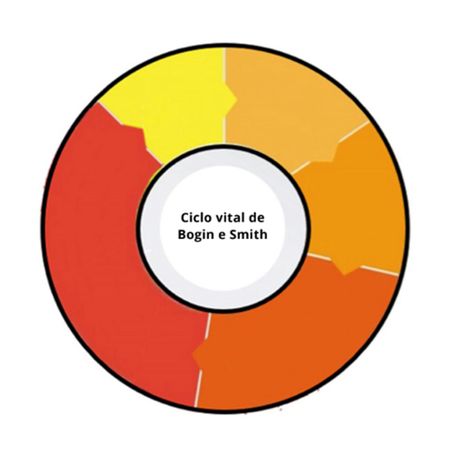
Introduction: Although uncommon in dentistry, the concept of the life cycle holds great importance for dental professionals in identifying crucial intervention opportunities and determining the optimal timing for treatments and procedures. Objective: To carry out a review of the literature on life cycle classifications and their distinct phases, evaluating their applicability in healthcare. Methods: A literature review was performed, searching for articles in PubMed, SciELO, National Health...
Leia maisCopyright © 1998 - 2022 DentalGO | Todos Direitos Reservados. DentalGO é uma marca Dental Press